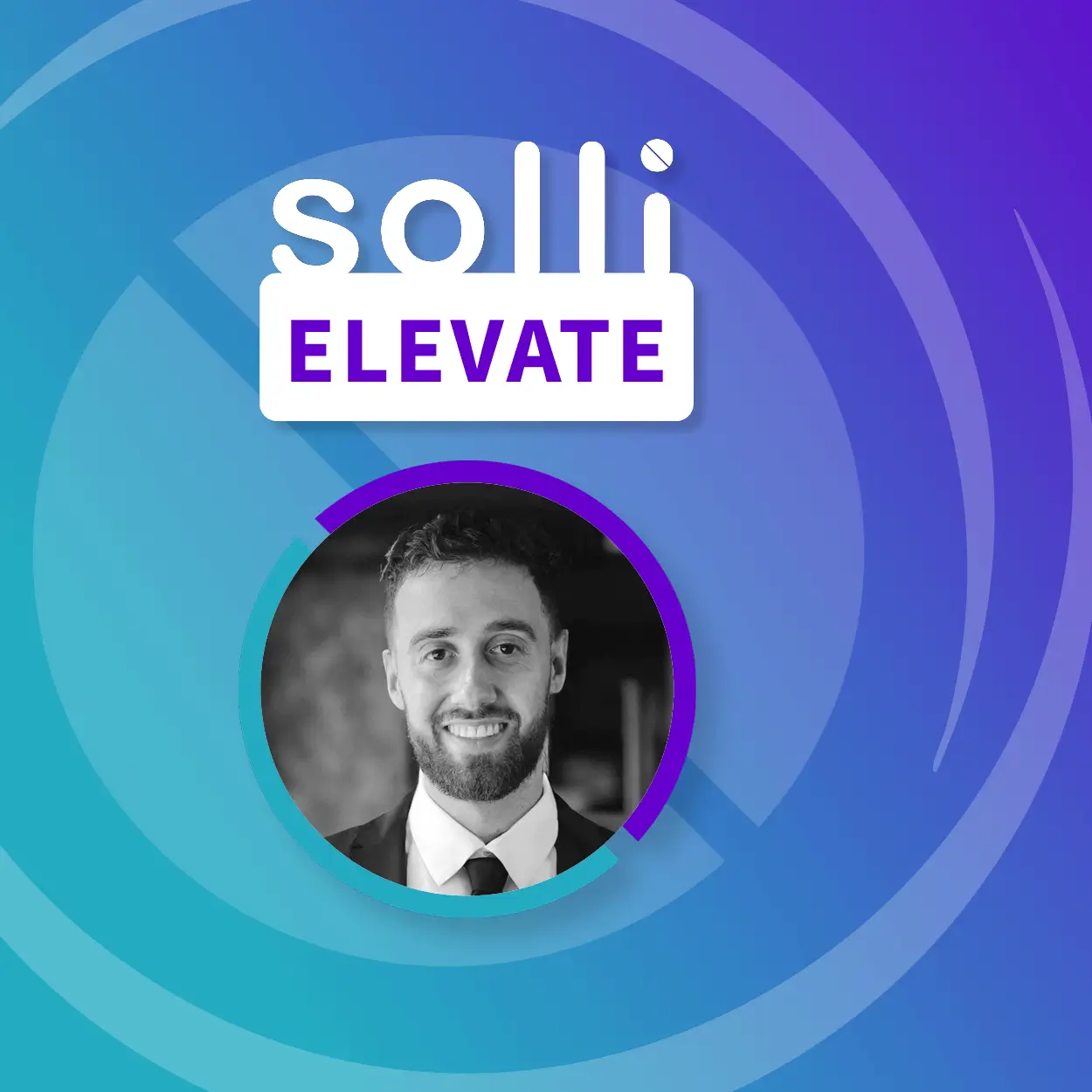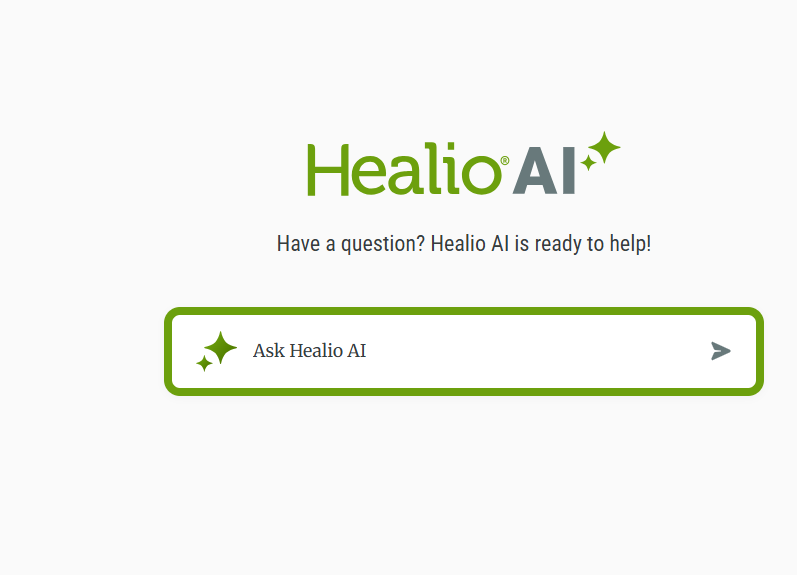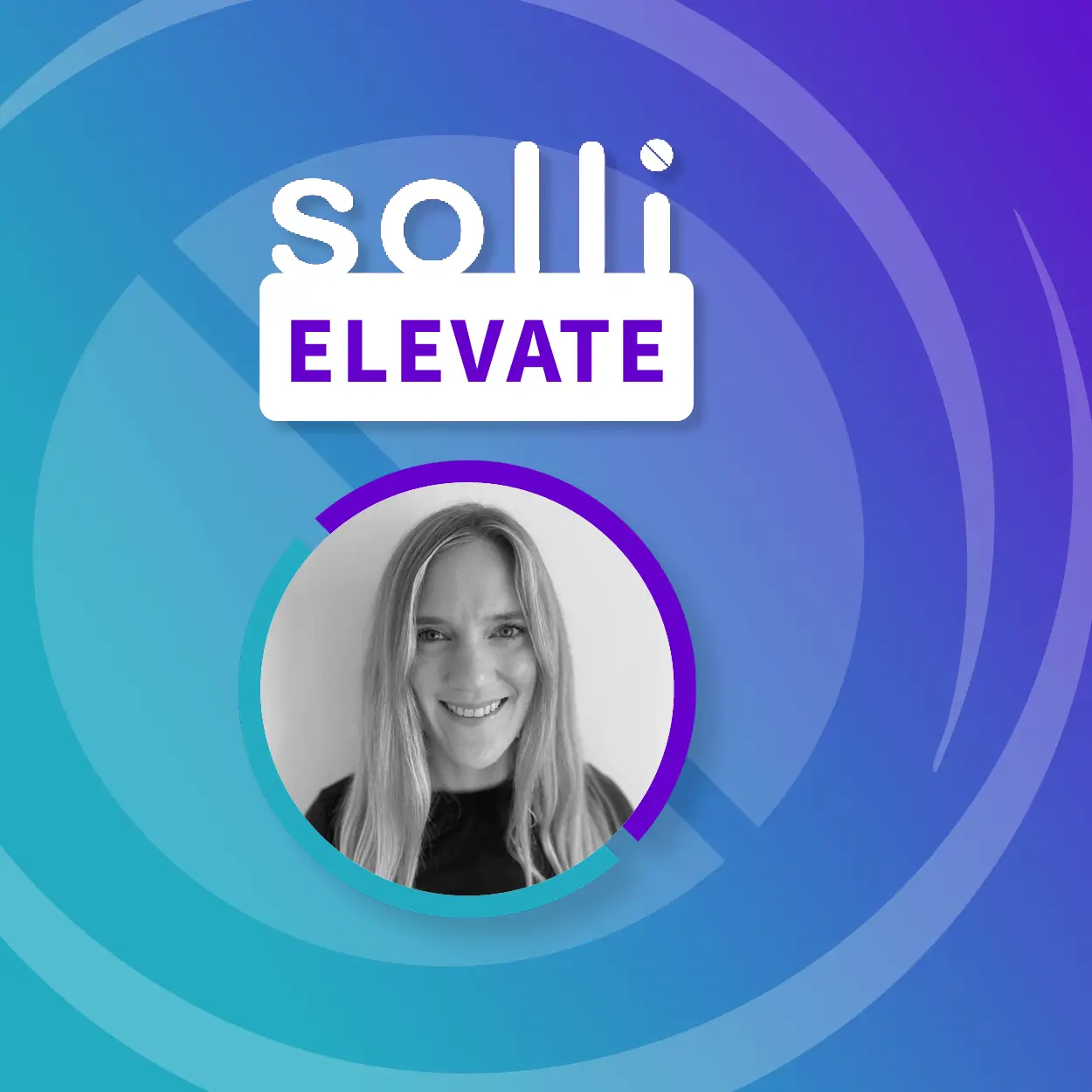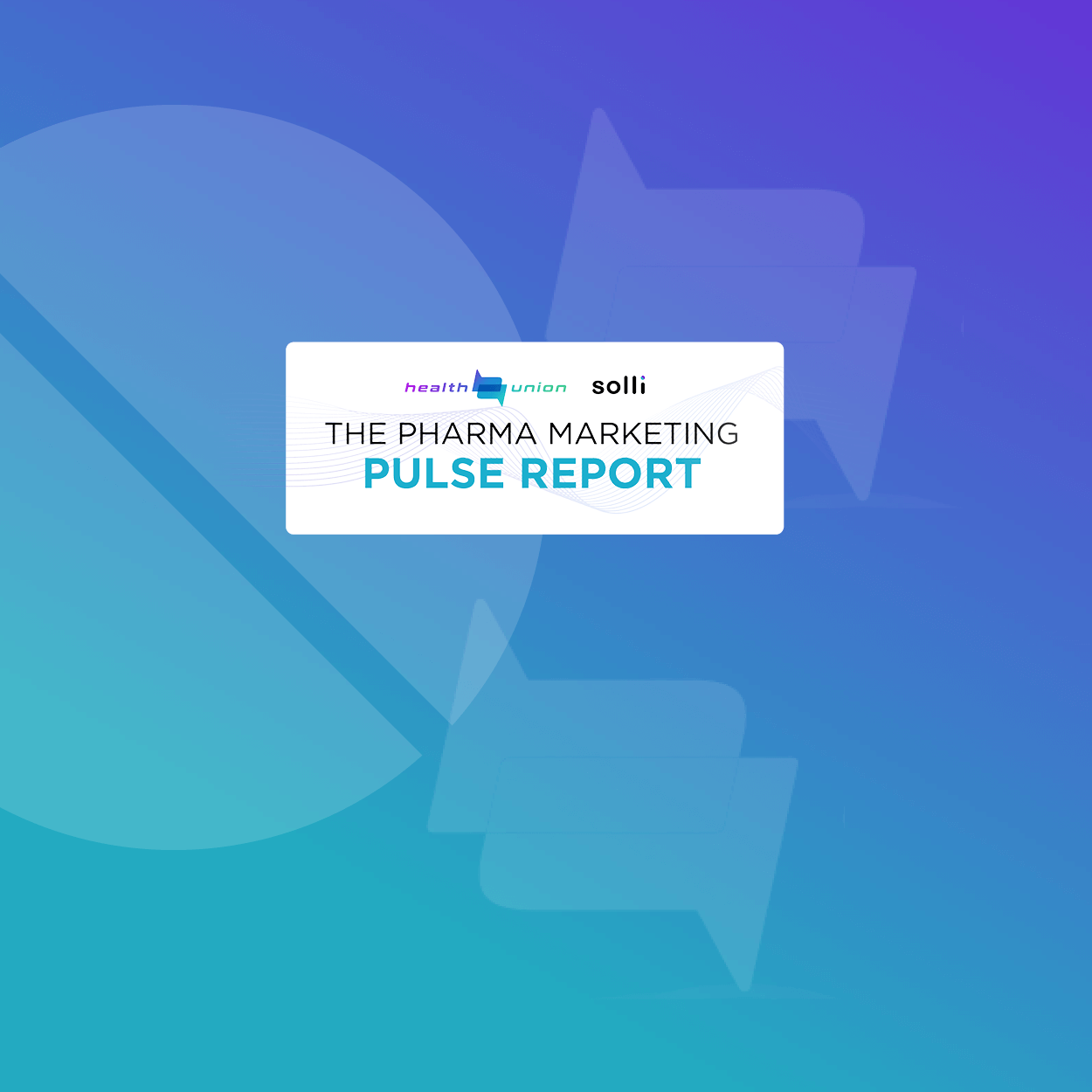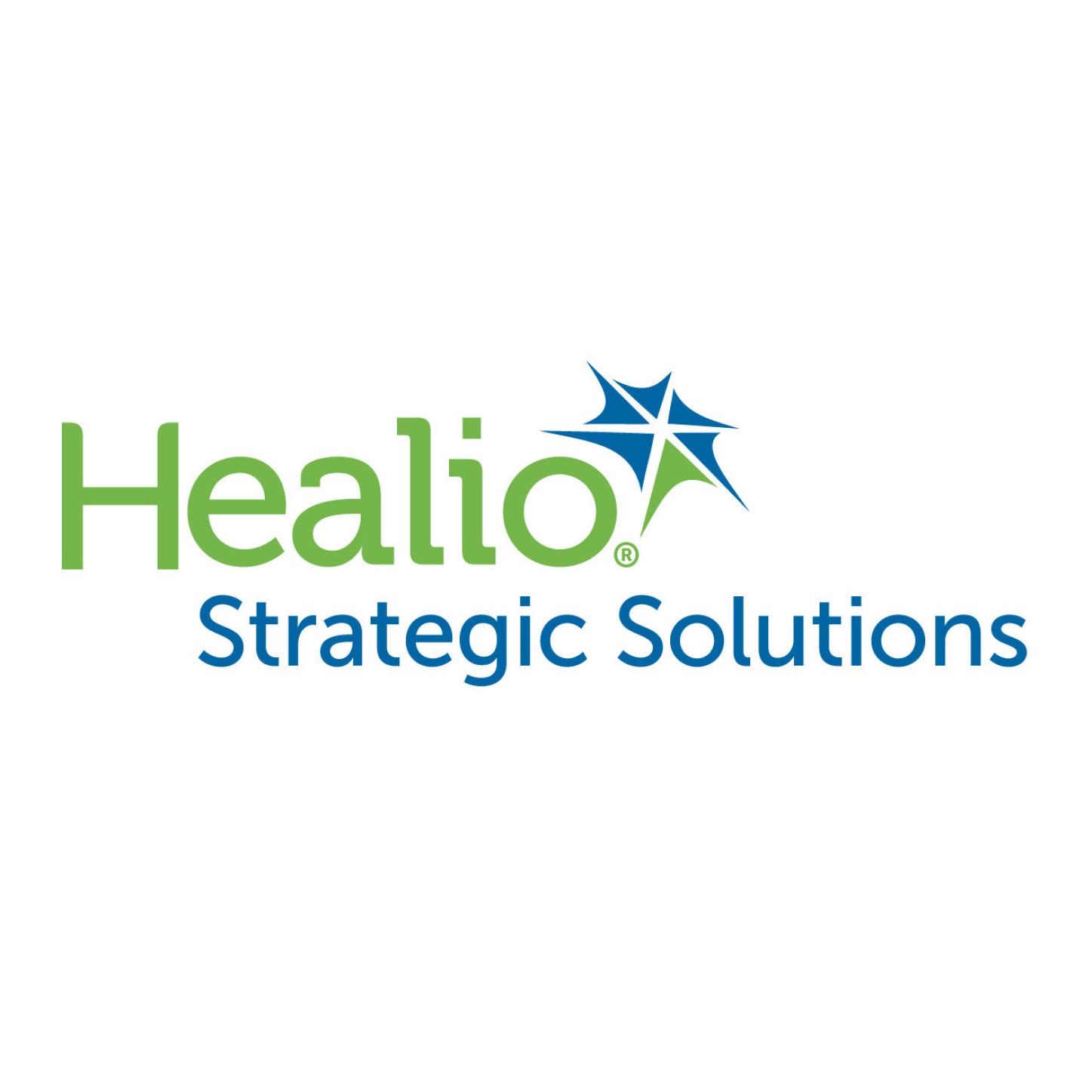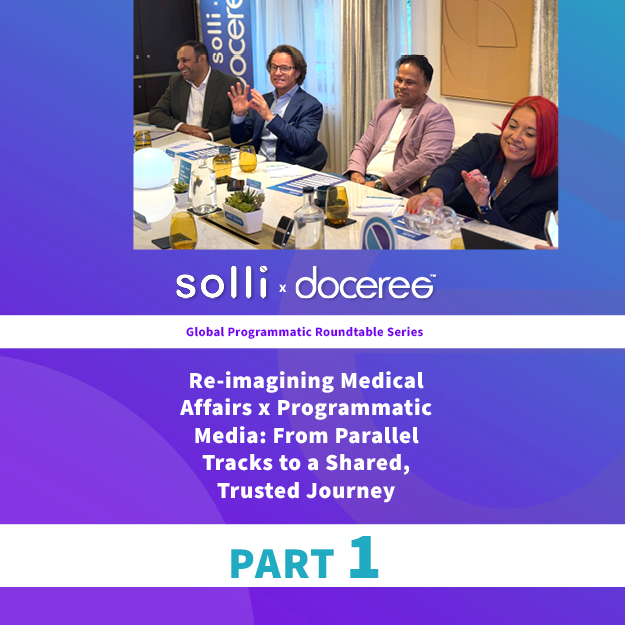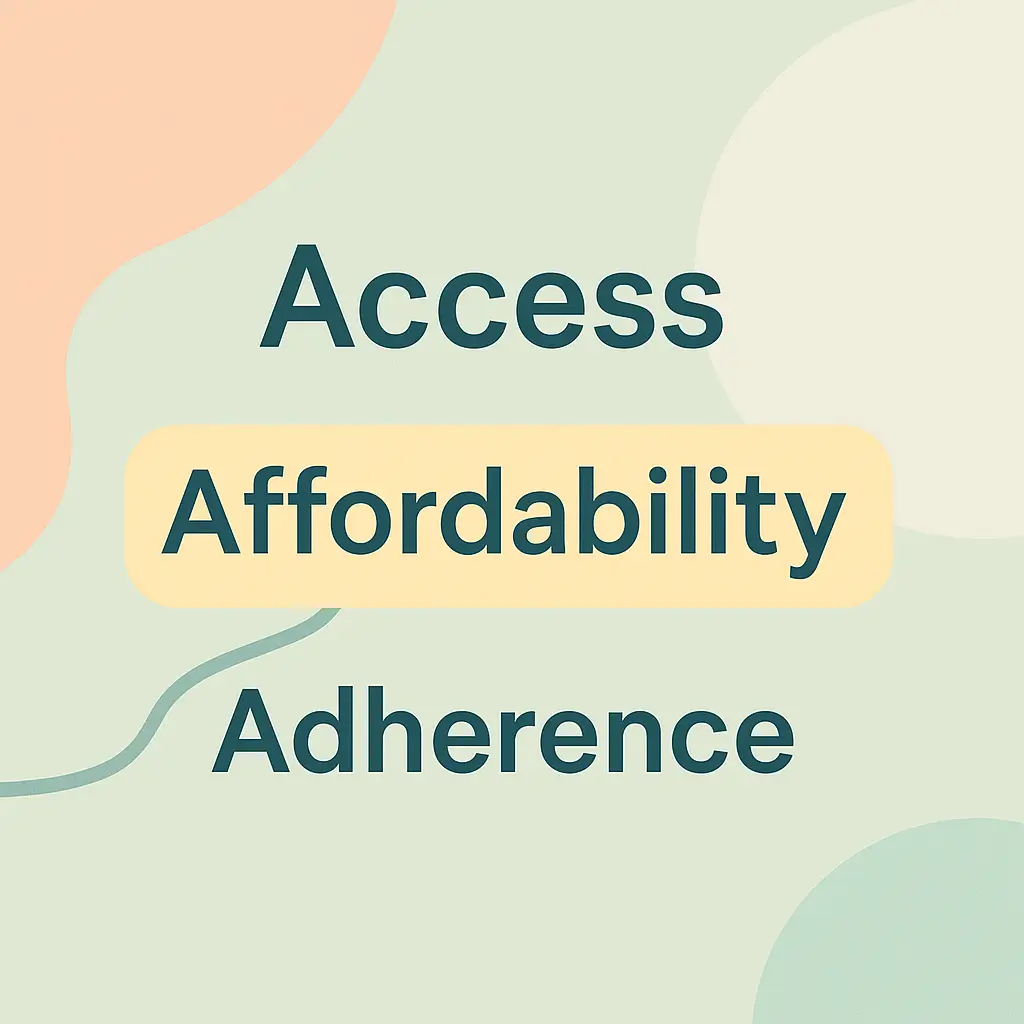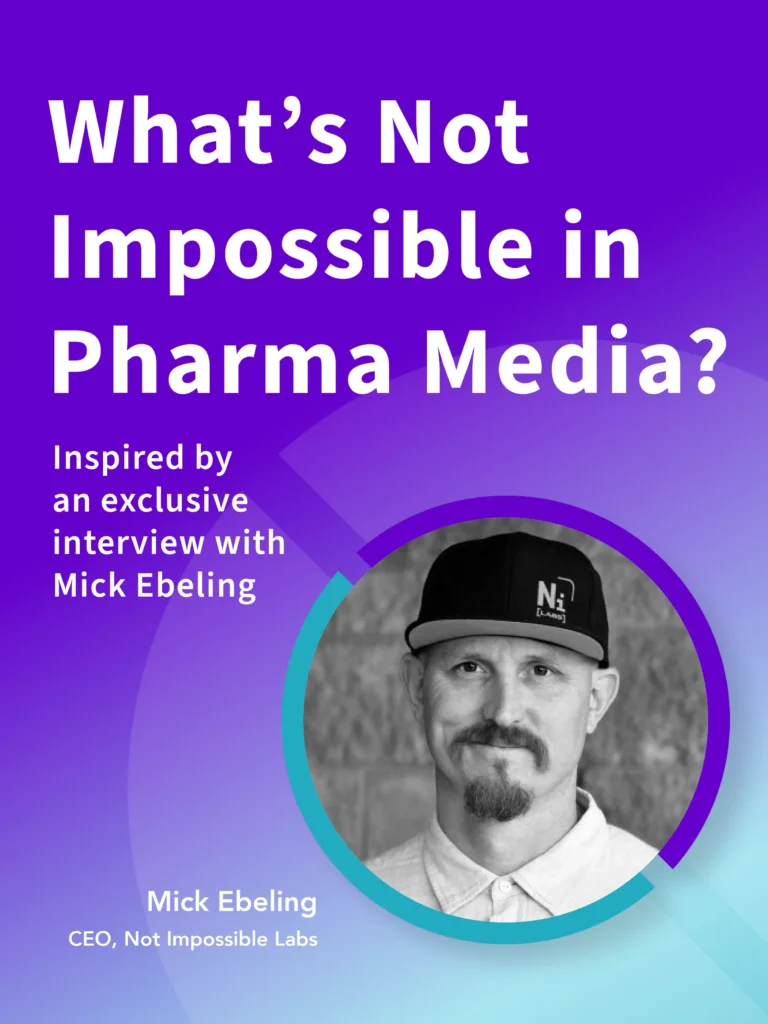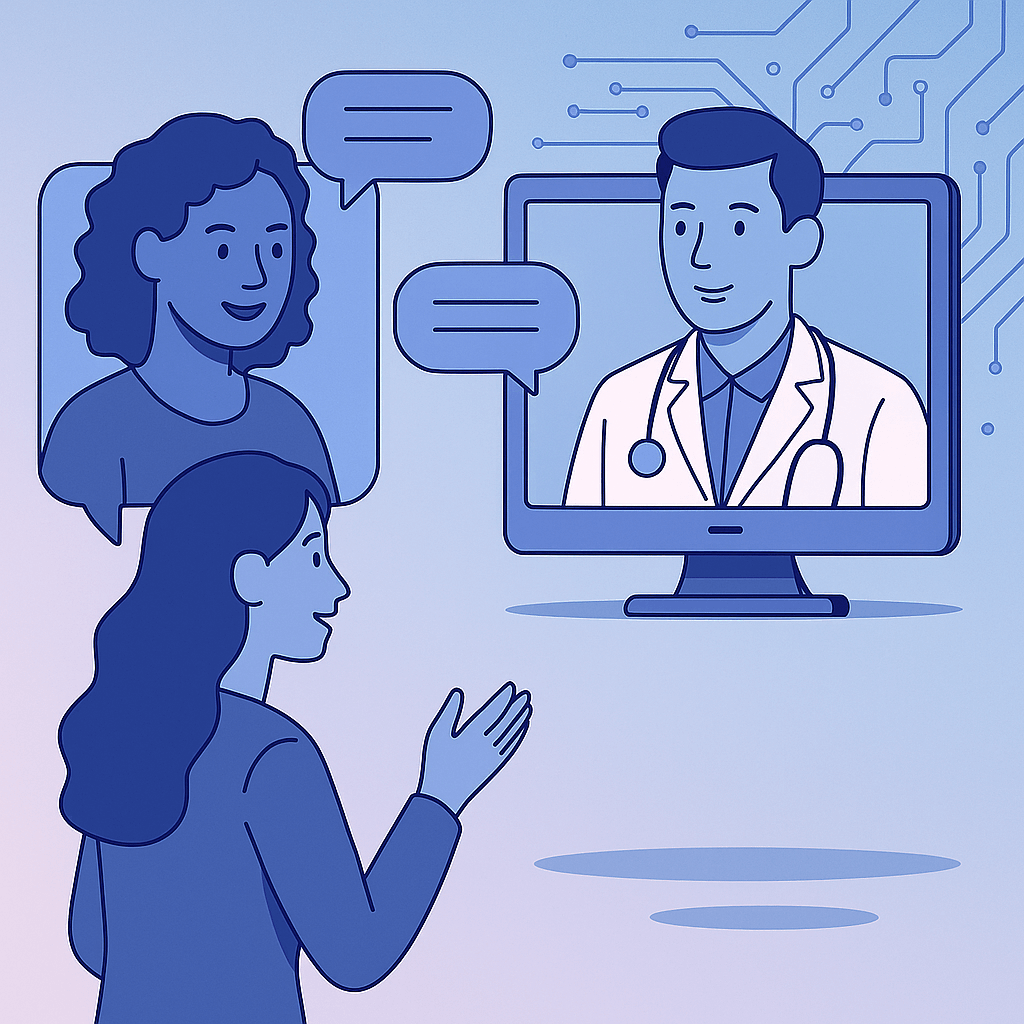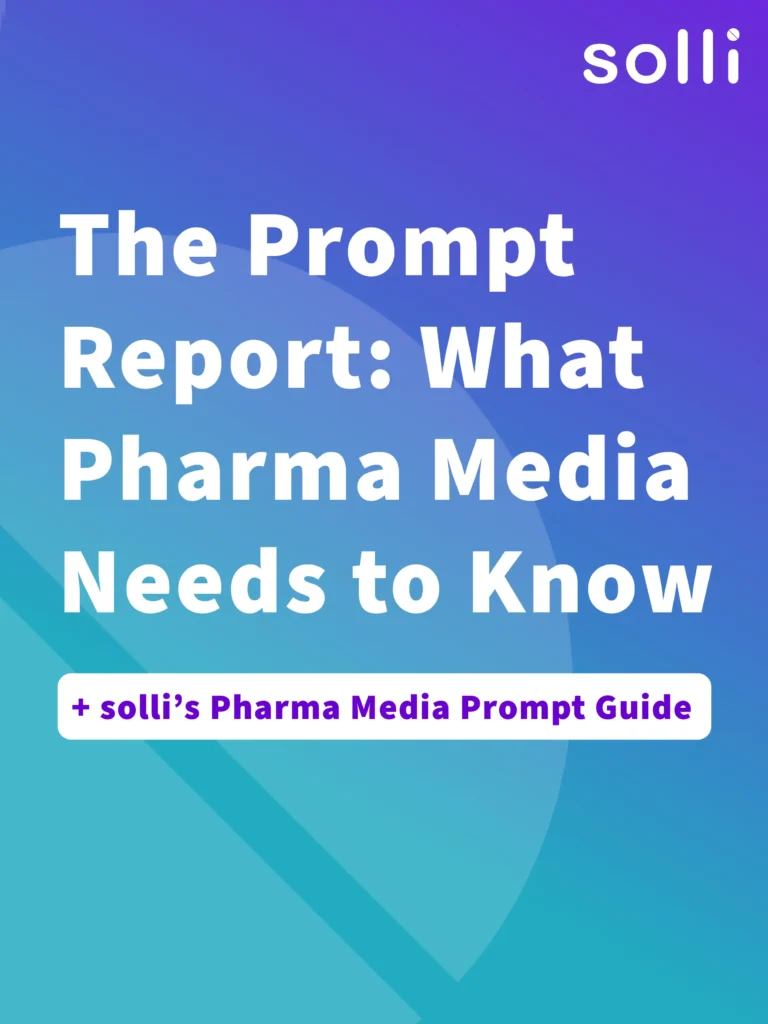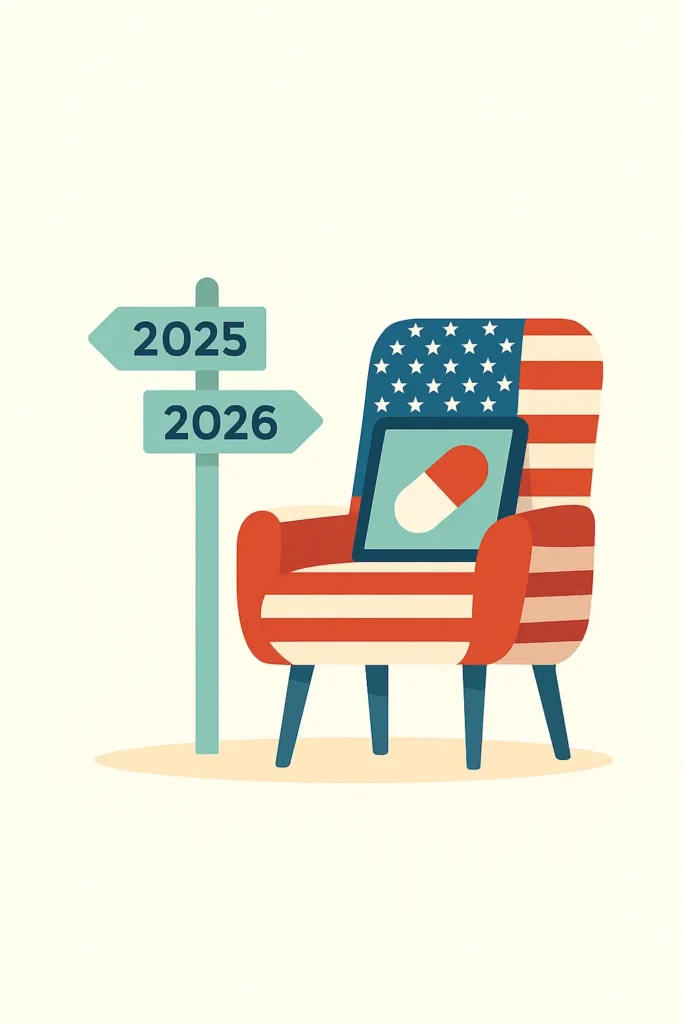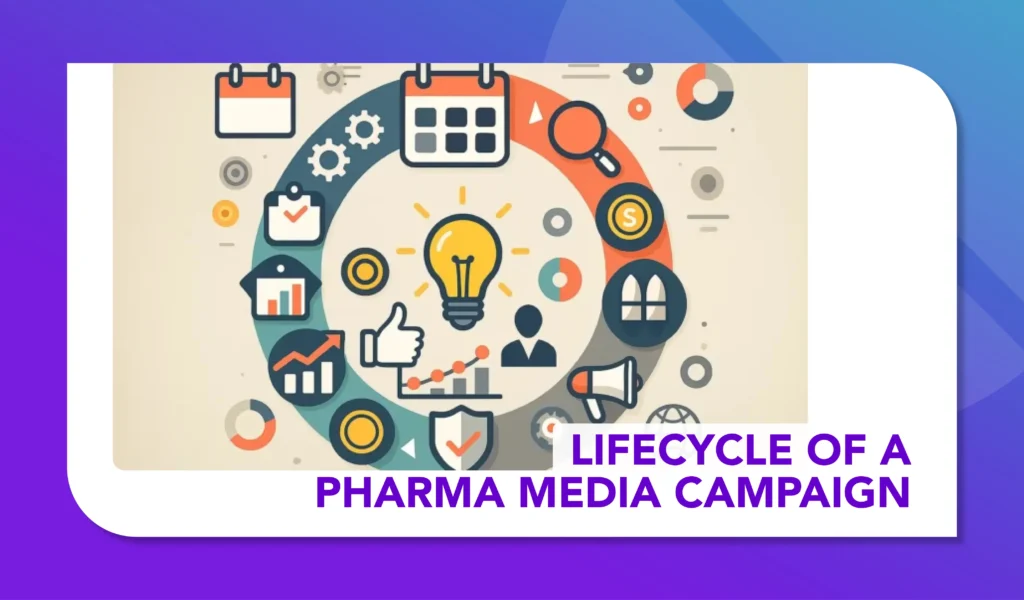EHR and Health System Integration
An inside look at how EHR and health system integration are transforming healthcare messaging

One of the biggest misconceptions in healthcare marketing is that the top electronic health records (EHR’s) are off-limits for messaging. Many assume these systems are “closed” but there’s a growing opportunity for brands to work within these environments as part of a total care strategy.
In this third article in our series on the evolution of point of care (POC), we explore how health systems and EHR integration are becoming foundational to delivering total care, not just targeted moments. That shift begins by rethinking the relationship between EHR systems, hospitals, and the communication infrastructure that supports them.

The Myth: Off-limits for Messaging
The assumption that you can’t reach providers inside health system EHRs is outdated. The real issue is that not all marketers have unlocked the capabilities of these systems.
Some vendors may have surface-level access, like banner placements at the login screen, but lack the ability to leverage patient-specific triggers, AI rulesets, or real-time workflow integrations. That limits the strategic depth of what can be done.
The alternative, working directly with hospital and health systems, opens the door to full tech stack access and integrations which allow for more meaningful, timely, and tailored engagement at the point of care.
Integrating Into the Infrastructure
Direct partnerships with health systems come with a higher lift, but far more flexibility and return. These relationships require deeper alignment with compliance, IT, and operational leadership but provide a higher level of access and agility.
When you’re integrated into the system’s infrastructure, your messaging is not constrained by the limitations of a single EHR or ad module. Instead, you can coordinate across:
- Clinical workflows-using diagnosis codes, lab results, and prior authorization triggers
- Pharmacy coordination- for injectables, copay card alerts, or refill nudges
- Patient outreach tools, including system-approved SMS and portal messaging
- C-suite priorities, supporting hospital-level goals around value-based care, and operational efficiency
This allows for a more seamless and personalized experience not just for the provider, but for the entire care team and the patient. You’re not pushing content into disconnected channels; you’re embedding support where action happens. The integrator approach makes you EHR agnostic, and patient- and system-centric. It puts messaging where the work and the decision making is actually happening and positions your brand as a collaborator in care, not just a communicator.

Beyond HCPs: Access to Care Teams
Another often overlooked benefit of health system integration is the ability to go beyond the provider. When you’re embedded in a hospital’s infrastructure, you’re not just reaching physicians you’re reaching care coordinators, discharge planners, financial counselors, and even pharmacists. These team members are often the ones who translate intent into action and guide patients through access hurdles, affordability programs, and support services.
This kind of access enables more than messaging and it supports smarter infrastructure. AI tools are increasingly being used to extract and validate EHR data to streamline prior authorizations, populate patient support program forms, and reduce administrative friction at the moment of care. Automating these tasks helps patients start therapy faster and reduces the manual burden on clinical staff.
It also empowers the care team to connect patients with the right resources from the outset whether that’s clinical education, nurse support, or financial assistance. These systems can surface real-time affordability options such as co-pay cards, foundation funding, or internal health system support programs. For underserved patients or those in free drug replacement programs, the ability to transition them to covered therapies, even partially, helps reduce long term uncompensated care.
All of this directly supports what health systems are asking for:
- Optimizing revenue by helping convert patients into payer coverage streams, opening up reimbursement for services and administrative time
- Reducing uncompensated care by weaning patients off free drug programs and maximizing alternative funding automatically
- Improving speed to therapy by automating cumbersome form-filling and task workflows so care advocates can focus on patients, not paperwork
In this model, point of care isn’t just a communication touchpoint, it’s a strategic function that aligns with institutional goals and delivers measurable value across clinical, operational, and financial outcomes.
Navigating Compliance
Working with health systems means aligning with institutional goals like quality improvement and readmission reduction. It also requires navigating complex regulatory, IT, and compliance environments.
Healthcare marketers often focus on selling the tactic, rather than showing how the strategy supports the system’s broader mission. Having a clear, clinical value makes the marketing more than just a media buy. When hospitals see how messaging supports their patient care goals, collaboration becomes much easier.
This is especially important when engaging health IT teams, who serve as key decision-makers and protectors of system integrity. To gain traction, initiatives must be positioned as value-add and not noise. When these teams see a solution as aligned with clinical priorities, streamlining workflows, or enhancing decision-making, they’re far more likely to champion integration and long-term collaboration.

The Infrastructure of Total Care
Total care requires breaking down silos. In addition, content delivery must align with workflow timing and context. None of that is possible without true health system integration. When you unlock real access to the hospital tech stack and collaborate with healthcare system teams, you stop chasing reach and start enabling impact.
As POC strategies continue to evolve, the real opportunity lies in moving from isolated, targeted outreach to a comprehensive, total care approach. That means treating point of care not as a media buy, but as a care delivery enabler, one that connects systems, teams, and patients across the entire treatment journey. By integrating directly with health systems and aligning with institutional priorities like quality improvement, cost reduction, and patient-centered outcomes, brands can embed their support where it matters most: inside workflows, not outside them.
A critical and often underleveraged component of this model is the pharmacy channel. Whether in hospital, retail, or specialty settings, pharmacists play a pivotal role in therapy initiation and adherence. An integrator approach ensures messaging strategies reach beyond physicians to engage pharmacists, care coordinators, and other decision-makers across the system. This expanded view doesn’t just benefit health systems; it keeps the patient at the center, delivering coordinated, timely, and actionable support that improves experience, access, and outcomes.
By integrating pharmacists into point-of-care strategies, we can improve therapy initiation, reduce drop-off, and reinforce education at a moment when patients are often most in need of support. When messaging reaches across prescribers, care teams, and pharmacists, it transforms from a media tactic into a connected care solution.
For health system and brand executives, the takeaway is clear: if you’re still thinking about point of care as just media placement, you’re missing the opportunity. As the shift toward total care accelerates, pharma marketing strategies must align with the systems, workflows, and people delivering that care. That means thinking beyond reach and frequency and focusing instead on behavior, infrastructure, and clinical timing. The organizations leading the next wave of healthcare innovation won’t be defined by volume, but by precision and delivering the most meaningful messages, embedded in the workflow, exactly when and where decisions are made.
Now is the time to evaluate how your strategies integrate with real-world care, and whether your partners are truly built for the complexity and potential of total care.
By Joey Cohen, Executive Director – EHR Strategy, Flora Management, a health IT consultancy helping organizations navigate the intersection of technology, data, and patient care.

